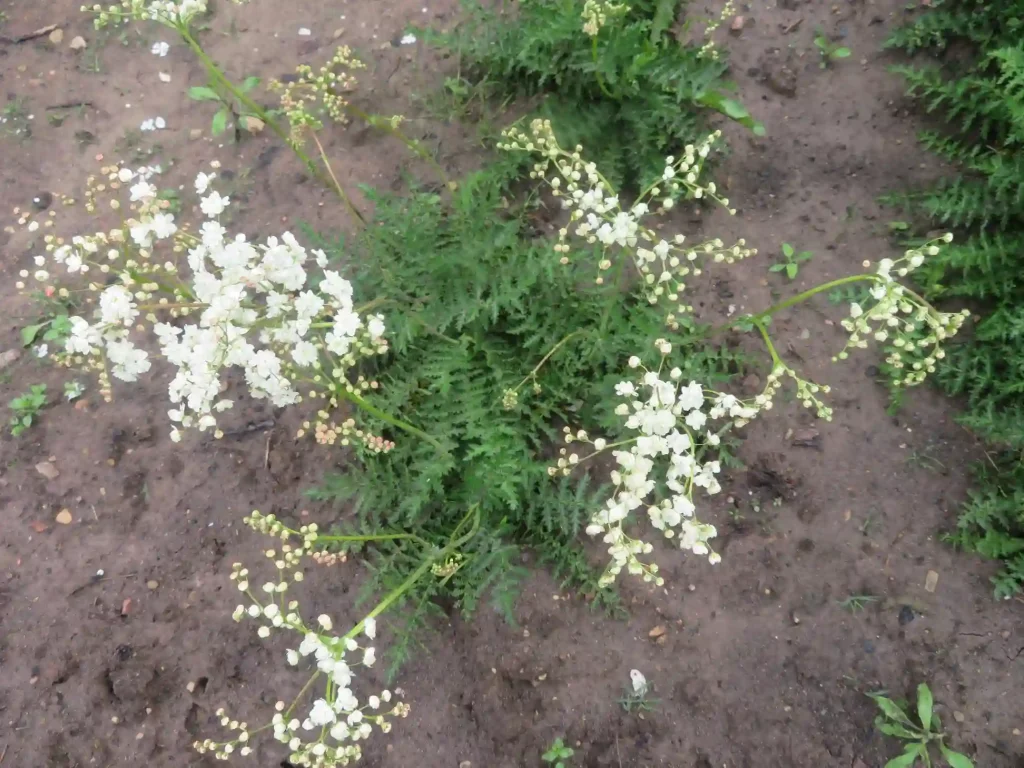August 18 – Adoxa
"Adoxa, the muskroot, represents August 18."
Adoxa symbolizes humility and endurance. You are modest yet strong, quietly achieving great things. Like this plant, your resilience is your greatest asset.
The Curious Case of Adoxa: A Plant That Breaks the Rules
My name is Ferb Vu, and I’ve always been fascinated by the natural world, particularly the plant kingdom. There’s a certain thrill in discovering the hidden wonders of the flora around us, those often-overlooked species that hold a unique charm. One such genus that has captured my attention is Adoxa, a group of small, unassuming plants with a curious nature.
Adoxa, derived from the Greek word “adoxos” meaning “without glory,” is an apt name for these plants. They lack the showy flowers and vibrant colors that often attract attention. Instead, they possess a subtle beauty, a quiet elegance that reveals itself only to those who take the time to look closer.
Unraveling the Mysteries of Adoxa
What makes Adoxa so intriguing? For starters, it’s a genus that seems to defy expectations. Take, for instance, its most well-known member, Adoxa moschatellina, also known as moschatel. This peculiar plant produces a cluster of small, greenish-white flowers arranged in a cube-like structure. It’s a unique inflorescence, with five flowers: one facing upwards and four facing outwards.
But the peculiarities don’t stop there. Moschatel also exhibits a rather unusual growth habit. It prefers damp, shaded environments, often found hiding beneath the canopy of deciduous woodlands. Its leaves are delicate and fern-like, emerging from a creeping rhizome that allows it to spread and colonize new areas.
And then there’s the scent. Moschatel, true to its name, emits a faint musky odor, especially in the evenings. This subtle fragrance, reminiscent of musk perfume, adds to the plant’s mystique and has earned it the nickname “townhall clock” due to its association with the evening hours.
Exploring the Adoxa Family
While moschatel is the most familiar face of the Adoxa genus, it’s not alone. Several other species belong to this intriguing group, each with its own unique characteristics. Here’s a list of the currently recognized species:
- Adoxa moschatellina: The most widespread species, found throughout Europe, Asia, and North America.
- Adoxa corydalifolia: Native to China, characterized by its distinctive cordate leaves.
- Adoxa omeiensis: Another Chinese species, named after Mount Omei where it was first discovered.
- Adoxa xizangensis: Found in Tibet, known for its smaller flowers and more compact growth habit.
These species, though less common than moschatel, contribute to the diversity of the Adoxa genus and provide further insights into its evolutionary history.
The Importance of Adoxa
Though small and unassuming, Adoxa plays a vital role in its ecosystem. Its flowers provide a source of nectar for early-flying insects, while its leaves offer food and shelter for various invertebrates. Additionally, its rhizomes help to stabilize the soil and prevent erosion.
From a scientific perspective, Adoxa holds a significant position in the plant kingdom. It’s the type genus of the Viburnaceae family, a group that includes other well-known plants like elderberry and viburnum. Studying Adoxa can provide valuable insights into the evolutionary relationships within this family and help us understand the broader patterns of plant diversification.
A Call for Appreciation
In a world that often prioritizes the flashy and the flamboyant, it’s easy to overlook the subtle beauty of plants like Adoxa. But it’s precisely in their understated elegance that their true charm lies.
As I continue to explore the natural world, I’m constantly reminded of the importance of appreciating the diversity of life, even in its most unassuming forms. Adoxa, with its curious nature and hidden wonders, serves as a reminder that beauty can be found in the most unexpected places. It’s a call to look closer, to delve deeper, and to discover the secrets that lie hidden beneath the surface.
If i die, water my plants!



